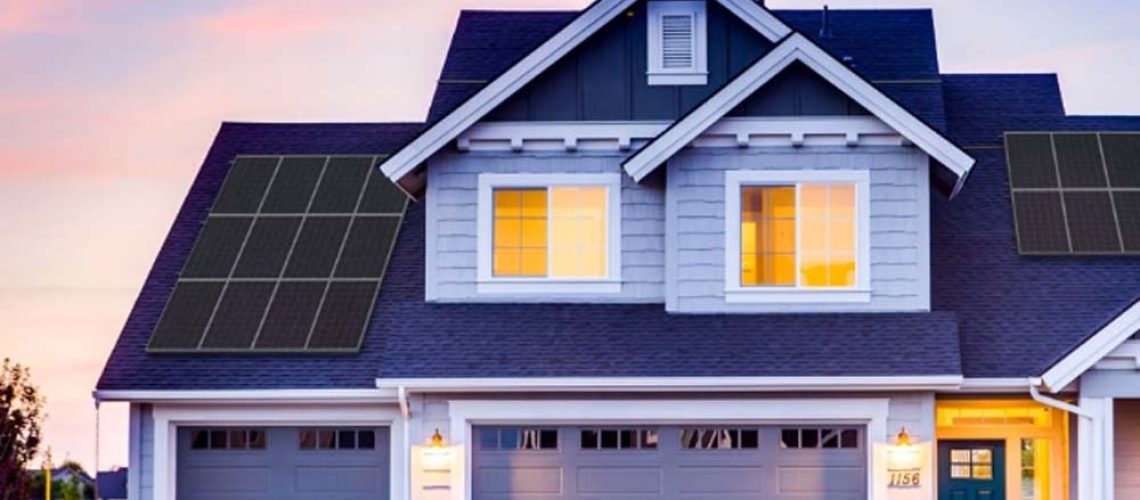In the hot summer months, thousands of residents with solar-plus-battery systems networked together to reduce peak energy costs and provide grid stability for ISO-New England’s customers.
Sunrun recently completed its first successful season running a residential Virtual Power Plant (VPP) in a wholesale capacity market, what it says is a first-of-its-kind in the country.
In 2019, Sunrun won a bid into the Independent System Operator – New England (ISO-NE), the region’s grid operator and one of the largest wholesale electricity markets in the United State, to participate in a VPP with its home solar and battery storage systems connected to the grid. Sunrun won against centralized fossil-fuel power plants, which signified a shift to local, clean energy.
In a recent article, Achieving a zero-carbon grid: Opportunities in virtual power plants, Jigar Shah explained that A VPP is really an aggregation of distributed energy resource (DER) technologies. Not only can solar homes with batteries be connected to the grid, but also electric vehicle charging, grid-interactive appliances, and more. What ISO-NE and other grid operators do in a VPP is to automatically adjust the DERs that are aggregated, so they provide clean energy, reliability, and grid services. “VPPs not only open the grid to a whole new utility-scale, behind-the-meter supply, but also coordinate disparate DERs into holistic, demand-flexible resources,” Shah wrote. The benefit to the operator is the ability to use that aggregated energy, meaning that they don’t have to invest in additional capacity and infrastructure to serve a peak load. And that peak load is going to increase as we move to all-electric. The benefit to the solar homeowner is that they can receive compensation for their service.
Sunrun reports that during the summer months of June through August, its New England VPP sent more than 1.8 GWh of energy back to the grid. Thousands of Sunrun home solar systems across New England exported excess clean solar energy during the peak demand window of 1p.m. to 5 p.m., effectively reducing overall energy demand and relieving stress on the region’s energy grid, while reducing reliance on fossil fuel plants. Additional benefits are a reduction in energy costs across the region, along with resilience at a time when some grid operators have to issue energy conservation warnings.
“It is tremendous that we are able to work with ISO-NE to integrate local home solar and battery systems into the wholesale markets, and we thank them for their leadership,” said Mary Powell, CEO of Sunrun. “This is a wonderful example of radical collaboration and demonstrates the importance of every market operator leveraging local clean energy resources to solve capacity constraints and grid reliability. As more severe and frequent heat waves, arctic freezes and other climatic events continue to stress our nation’s grid, we strongly encourage grid operators, utilities and policy makers alike to leverage these amazing solar energy resources.”
In an August report, ISO-NE detailed how home solar helped keep wholesale system demand below the average forecast throughout the July heat wave, despite the region’s heat index hitting 100 degrees or more. Now ISO-NE’s customers head into the winter months and heating season—a time when VPPs can demonstrate that local solar and batteries can deliver value to wholesale markets across the country and reduce grid costs for all.



